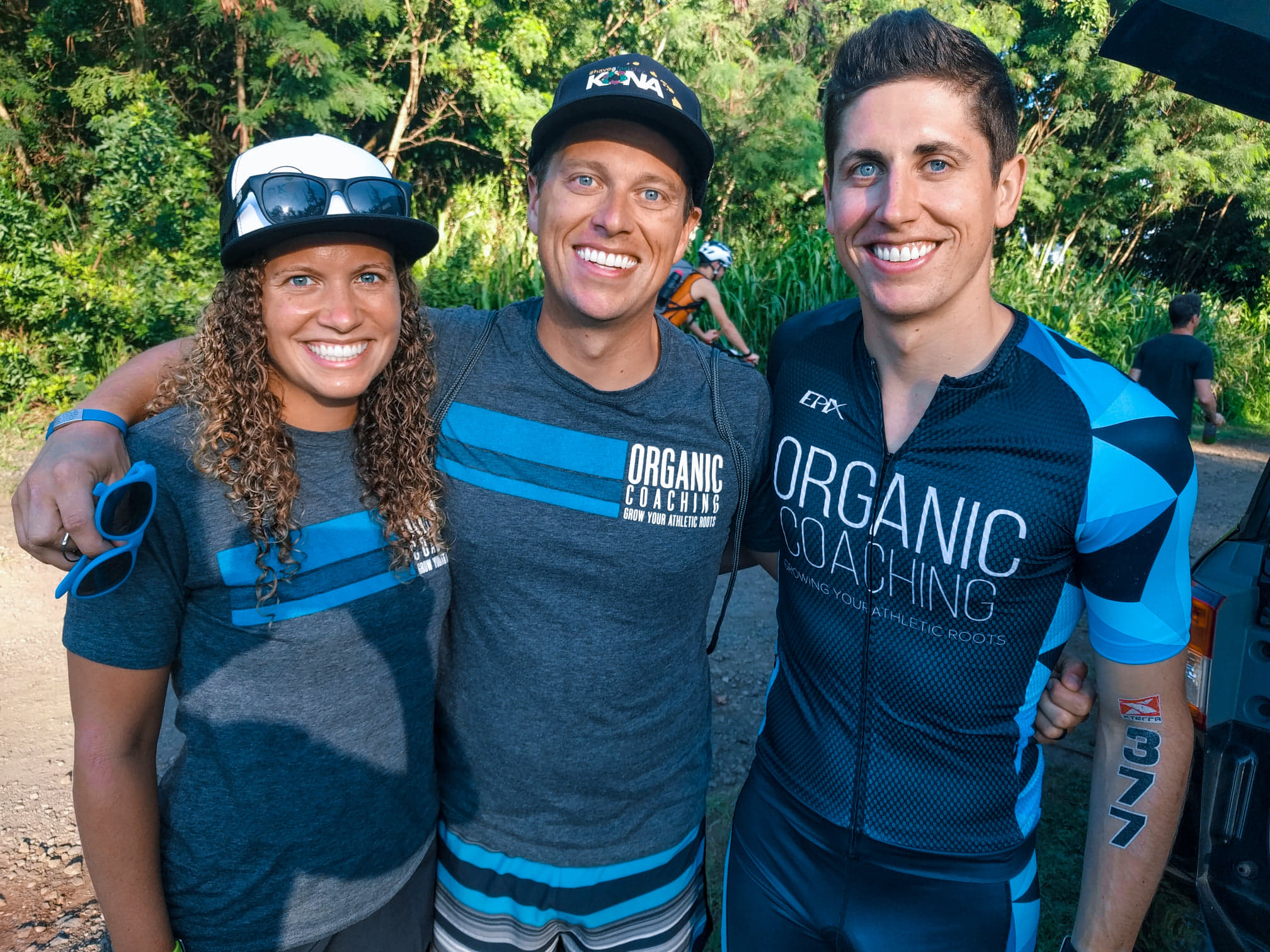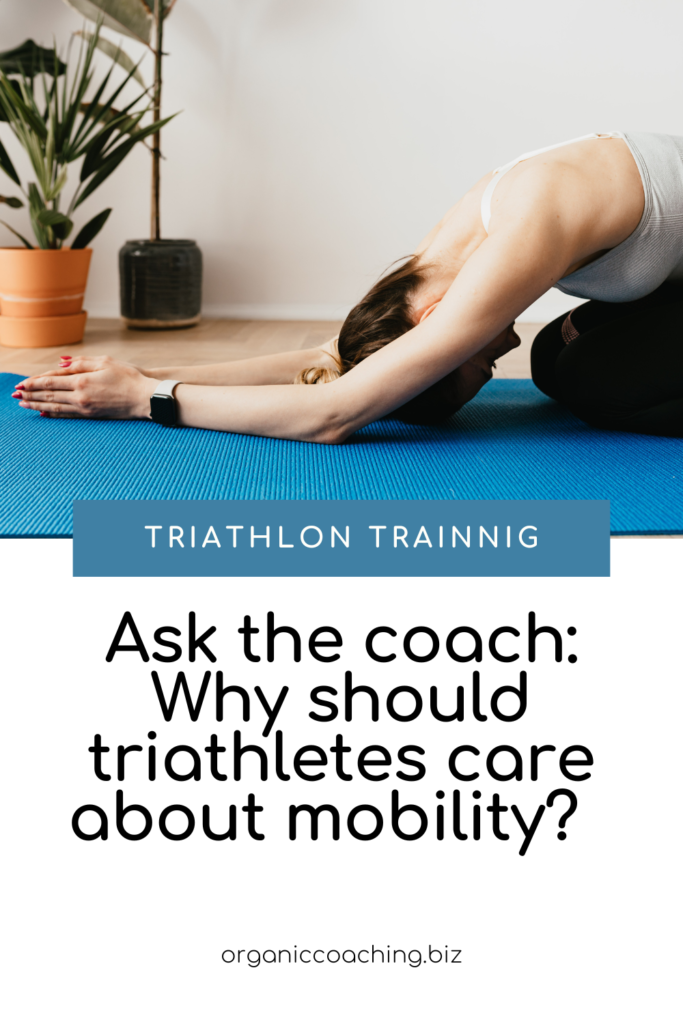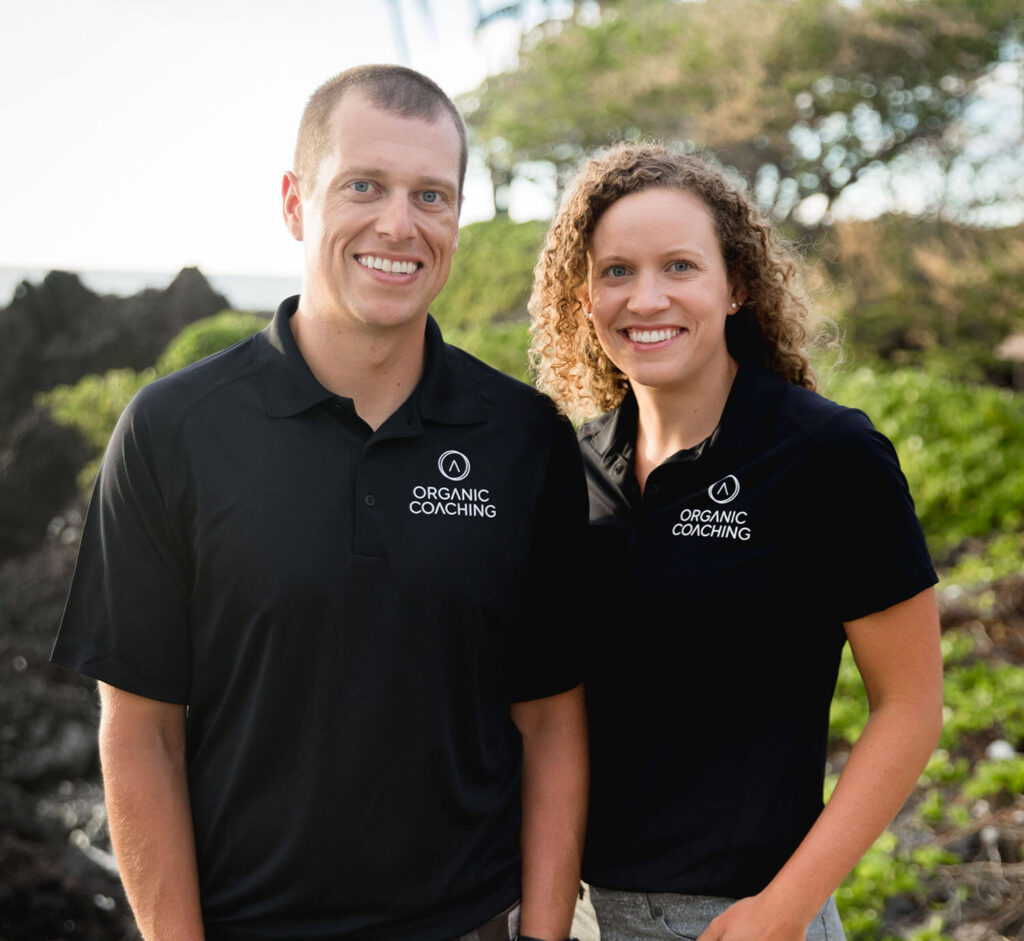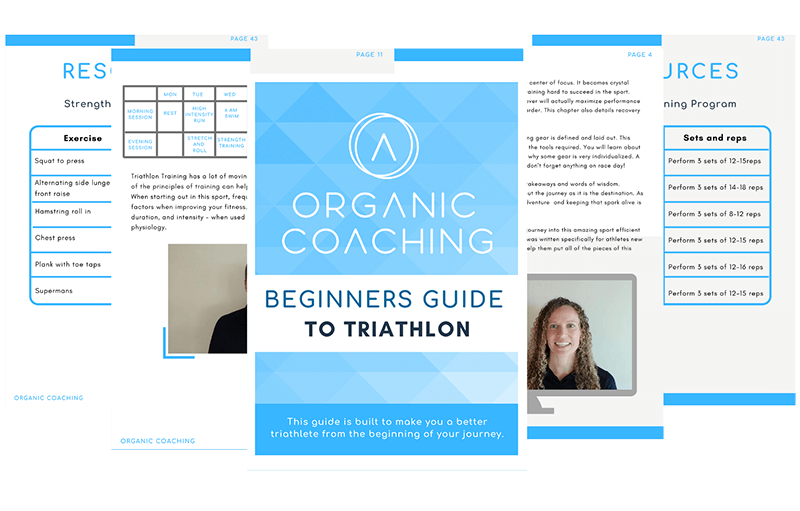

Mobility is the degree to which a joint is allowed to move before being restricted by surrounding tissues.
Mobility refers specifically to the range of motion around the joint. While flexibility refers to the entire musculoskeletal system’s control throughout that range of motion (including the muscles, tendons, and ligaments). Mobility and flexibility are areas of focus that are easily forgotten but can make a big difference in an athlete’s performance for the season. The most common immobile areas in triathletes are the shoulders, thoracic spine (upper/mid back), hips, and ankles. A lot of athletes spend their workdays at desks sitting in one stationary position which can largely contribute to immobility. Even athletes that have active jobs, their daily routines may not require their bodies to raise their arms above their heads, rotate or extend their spine, exceed walking pace, or point their toes often enough to maintain good mobility.
Triathlon is extremely demanding on the body being three disciplines. It requires every inch of our bodies to move in unison in an unrestricted manner. When our bodies are tense or do not have practice moving within their full range, there are consequences. For swimming, inflexible ankles cause drag in the water. While inflexible shoulders prevent full extension of your stroke slowing us down. For cycling, inflexible hips and thoracic spine make it difficult and potentially painful to maintain the aero position and run off the bike. For running, inflexibility will cause an athlete to modify their stride to compensate for areas of tension that could lead to injury. As athletes, we want to stay injury free and consistently perform.
First, every athlete comes from a different background and has a different body. Your coach will perform an individual screening to understand the areas of opportunity for each athlete. Your coach may request videos of you running and squatting. This is to identify any imbalances and areas where mobility and flexibility are lacking.
Second, incorporate well-rounded strength training into your training plan. Most exercises to improve mobility are embedded into our plans already within certain movements or are part of our warm-up routines. The most important thing is to complete your strength training sessions (2-3 times a week depending on your training cycle) as prescribed and warm up properly. Also, do not wait until you are tense, tight, or feeling pain to practice good mobility and flexibility.
Here are some exercises to try at home for those common problem areas*
Shoulders: Pull-up bar hang, child’s pose, overhead press exercises.
Thoracic: foam rolling with overhead arms, arm raises (I, Y, T), yoga poses: cat & cow, thread the needle, downward dog.
Hips: figure 4, frog, butterfly, pigeon, lunges, seated internal & external rotations.
Ankles: Calf raises/heel lifts, toe & heel walks, dorsiflexion and plantarflexion with resistance bands.
*This is not an all-inclusive list, just some options to try.
Talk to your coach if you notice any areas of opportunity that you would like to work on.


Carly and Tyler Guggemos built Organic Coaching in 2014 with a simple philosophy that works. The idea is to take what you have and grow it to get faster, fitter and stronger. And to do it with the time you have – not the time you wish you had.

For athletes who are ready to take their training to the next level while still thriving and succeeding in their professional and family life.
Copyright © 2024 Organic Coaching LLC